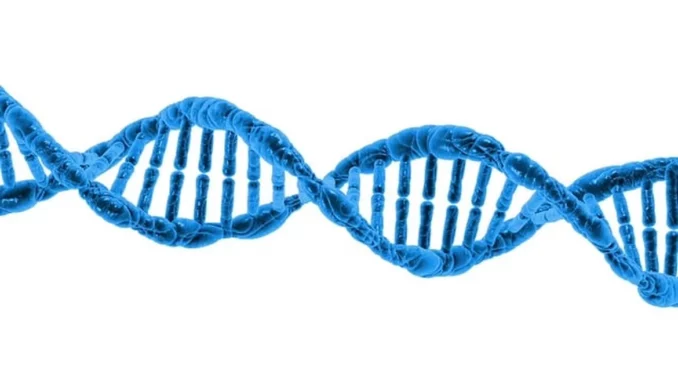
Summary
DNA Storage Breakthrough: Epi-bit Method Promises Cost-effective Data Solutions
In a significant technological advancement, researchers have developed a novel method for DNA data storage known as the “epi-bit” technique. This approach, which utilises DNA methylation, promises to dramatically reduce costs and increase efficiency in data storage. Given the exponential growth in global data generation, such innovation could transform data management practices worldwide.
Main Article
Revolutionising Data Storage with DNA
The concept of using DNA as a medium for data storage has captured the imagination of scientists and technologists alike. DNA, a fundamental molecule of life, comprises four nucleotides—adenine (A), thymine (T), cytosine (C), and guanine (G). These can be mapped to binary code, allowing DNA to store data with exceptional density. While traditional DNA storage methods rely on the laborious and costly “de novo” synthesis of new DNA sequences, the epi-bit method streamlines this by encoding data onto existing DNA strands.
Innovation in Methylation
The epi-bit method, pioneered by researchers at Peking University, employs DNA methylation, a process that naturally occurs within cells. This method involves altering existing DNA strands to store data, akin to the way epigenetic changes occur over time. “The epi-bit approach allows us to bypass the need for new DNA synthesis,” explained Dr. Wei Zhang, a leading researcher in the study. “It opens up possibilities for more rapid and cheaper data encoding.”
Using this method, researchers encoded and retrieved images with remarkable success. Employing a set of 700 DNA “movable types,” they developed a system reminiscent of movable-type printing. The process boasts a speed of 350 bits per reaction, a substantial leap from previous DNA storage techniques.
Accessibility and User Engagement
The epi-bit method is not only efficient but also accessible to non-professionals. In an experiment with 60 volunteers, participants without scientific training successfully encoded 5,000 bits of text data using a service named iDNAdrive. This accessibility could democratise the use of DNA storage, broadening its application beyond academic and industrial settings.
Challenges and Commercial Viability
Despite its promise, DNA data storage faces several hurdles before it can be commercialised. Presently, the write speed is a mere 40 bits per second, a stark contrast to the 160 megabytes per second achieved by conventional storage devices. Furthermore, while theoretically cost-effective, scaling this technology to meet commercial demands presents logistical challenges.
Detailed Analysis
Broader Implications and Technological Context
The development of the epi-bit method comes at a crucial time as global data generation is projected to reach an astounding 175 zettabytes by 2025, according to IDC. Traditional data centres, with their substantial energy requirements, are increasingly unsustainable. DNA storage, with its potential for high density and long-term stability, offers a compelling alternative that aligns with growing environmental concerns.
The epi-bit method could also inspire other biotechnological innovations. As researchers refine DNA storage techniques, they may uncover new applications in fields ranging from personalised medicine to climate research, where vast datasets are integral.
Economic and Strategic Considerations
The economic implications of DNA storage are profound. By potentially reducing data management costs, DNA storage technologies could disrupt the current market dominated by conventional data storage solutions. Countries investing in DNA storage research could gain a strategic advantage, leading to competitive developments akin to those seen in AI and quantum computing.
Further Development
Next Steps in DNA Data Storage
As the epi-bit method progresses, further research and collaboration will be essential to overcome existing limitations. Researchers are exploring ways to enhance the speed and efficiency of encoding processes. Partnerships between academic institutions and tech companies, such as those exploring DNA storage cards, are poised to accelerate these advancements.
Moreover, the continued involvement of startups in the field signals a burgeoning industry ripe for investment. Companies like Biomemory are already pushing the boundaries, aiming to commercialise DNA storage solutions.
Readers can expect further insights and updates as the landscape of data storage technology evolves. Stay tuned for in-depth analyses and reports on the latest breakthroughs and their implications on global data management practices.

